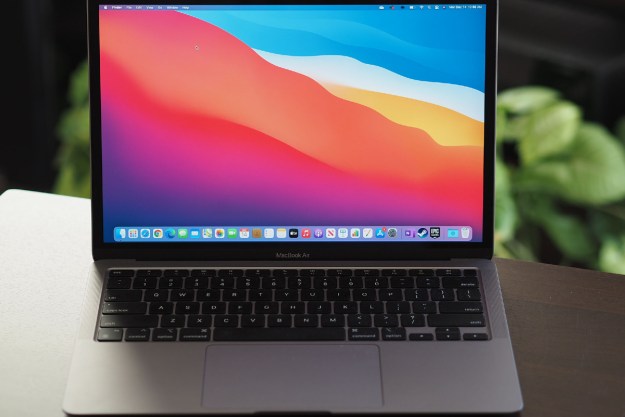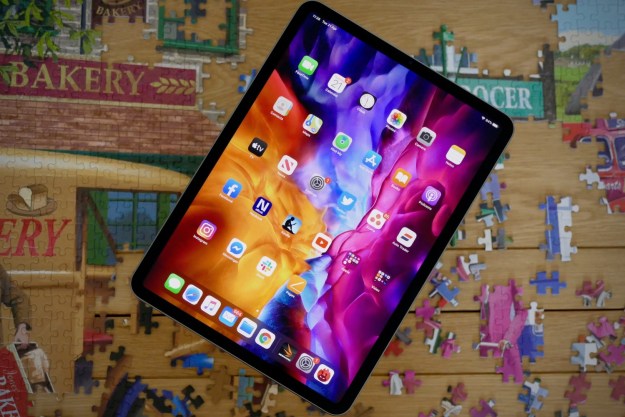
The U.S. Constitution mandates that the government conduct a census of its citizens every ten years, and, in addition to having major political significance, the U.S. census is also one of the broadest looks at a variety of demographic information across the U.S. population. In 2010, one of those things in Internet access and broadband adoption, and a new report (PDF) from the National Telecommunications and Information Administration and the Economics and Statistics finds that broadband adoption is growing significantly across the United States, but income, education, and other socio-economic factors seem to play a big role in Americans’ Internet access—highlighting the so-called “digital divide.”
“Today’s report identifies various factors that drive and inhibit broadband adoption,” said Under Secretary for Economic Affairs Rebecca Blank, in a statement. “It is the most comprehensive, data-driven analysis of broadband adoption that has been conducted.”
The report finds that 7 out of 10 American households had used the Internet in 2009, and the majority of those households had broadband access to the Internet. Overall, some 64 percent of American households had access to broadband Internet, up from just 9 percent way back in 2001.
However, significant gaps in broadband remain amongst different demographic groups. The report finds broadband adoption is higher amongst households with higher levels of income and education; however, even factoring in income and education, white households still have higher adoption rates for broadband Internet than African American or Hispanic households. Age played another factor, with elderly households less likely to opt for broadband than their younger counterparts. Unsurprisingly, the report also finds urban residents are more likely to adopt broadband than rural residents, with some rural residents having no broadband Internet options at all. The report also found significant gaps in broadband adoption between some U.S. states and regions.
To give an idea how different factors cam impact broadband Internet access, the report finds some 65.9 percent of urban households had broadband in 2009, compared to 51 percent of rural households. Amongst households where members had at least one college degree, 84.5 percent subscribed to broadband Internet during 2009, compared to just 28.8 percent of households where no member had a high school diploma. Some 94.1 percent of households with incomes over $100,000 had broadband in 2009, compared to 35.8 percent of households with incomes under $25,000.
Looking at race and ethnicity, some 68 percent of white, non-Hispanic households had broadband access in 2009, while 77.3 percent of Asian non-Hispanic households had broadband in the same period. That compares to 49.4 percent of African American households, 48.3 percent of Native American households, and 47.9 percent of Hispanic households during 2009.
Households without broadband cited lack of need or interest and affordability as the main reasons for not adopting broadband Internet, although lack of a suitable computer and simple lack of availability broadband options were also factors. Overall, almost a quarter of U.S. households have no Internet users at all.
The federal government—and the FCC in particular—are looking to address these gaps with an ambitious national broadband plan, outlined in a series of policy proposals earlier this yea, including opening up the telephone Universal Service Fund to support broadband and expanding spectrum availability for wireless broadband—an option that may make broadband more practical in rural areas. The proposals have run into a number of political obstacles, not the least of which surround net neutrality—whether broadband and mobile operators must treat all traffic equally, or whether they can discriminate against (or assist) particular traffic and applications for business purposes.


